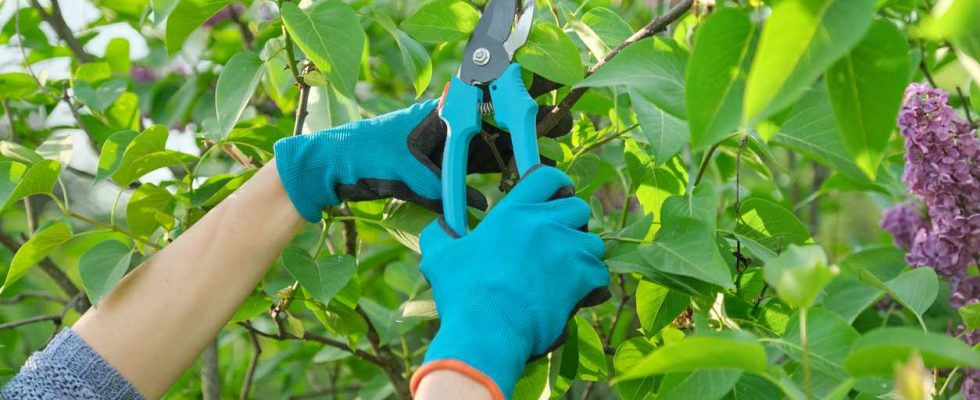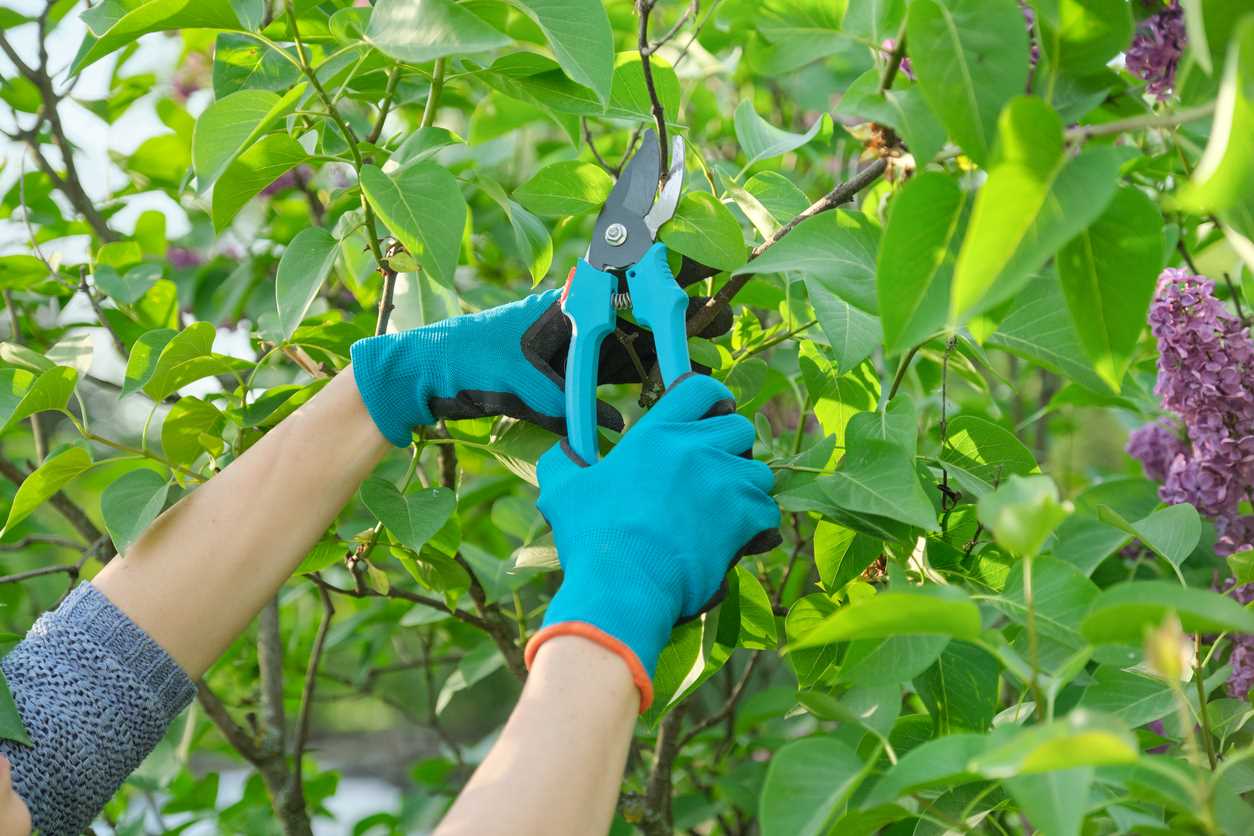
Why should some trees not be pruned in spring?
Pruning trees is an essential maintenance action which has many advantages such as maintaining a balanced posture, preserving health of the tree concerned by ridding it of its dead branches and a greater supply of light by cutting branches that grow inward and thus create a barrier to light, as well as branches that will not bear fruit or flowers.
You would have understood it, pruning allows for stronger and more productive trees. However, not all trees are pruned at the same time. It is therefore important to leave the following categories of trees alone:
- Trees that will flower during spring, or even early summer: by pruning them, you risk interrupting the production of buds, eliminating buds in formation and, as a result, benefiting from few flowers.
- Trees whose sap flow is particularly abundant during this period: This would harm their health, as they would then be forced to focus their resources on healing their wounds, rather than producing buds and leaves.
- Hedge trees and shrubs: Let us also remember that spring being the nesting period, it is strongly recommended not to prune hedge trees and shrubs, as well as other trees, from March 15 to July 31.
We present to you below the trees that cannot tolerate being pruned in spring.
Lilac


Since spring flowering begins in spring, now is really not the time to prune it if you want to be able to enjoy these beautiful, fragrant inflorescences. Annual pruning of the lilac should be carried out at the end of its flowering to maintain a healthy and robust shrub.
Walnut
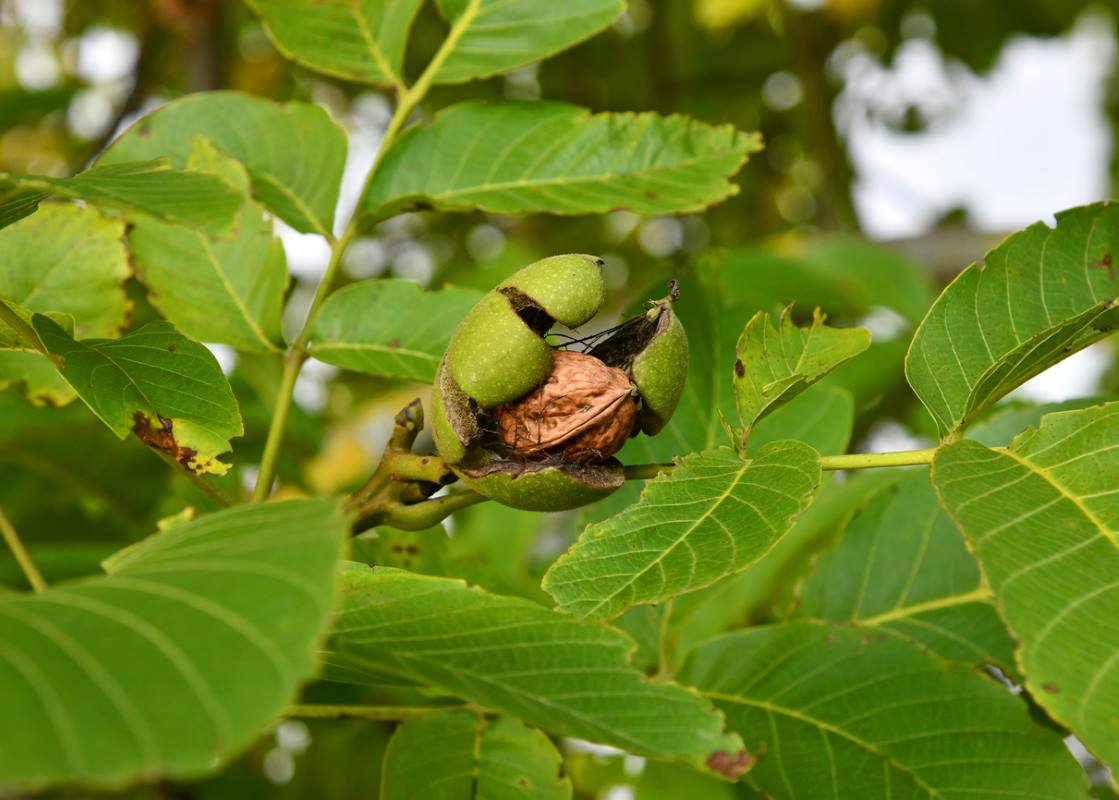

To avoid compromising the fruiting of the walnut tree, it is necessary to wait until its vegetative rest period to prune it. To know when the right time has arrived, base yourself on its leaves: when they start to fall, you can take out the pruning shears! This corresponds to the month of November.
Hawthorn


To preserve the flowering of the hawthorn and be able to benefit from the medicinal properties of its flowers, be careful not to prune this tree which can reach up to 12 m in spring, because this season corresponds to its flowering period.
For this size, the period recommended by some is between September and October, while others prefer February. As a reminder, hawthorn flowers are used to reduce high blood pressure, soothe and relax, and are followed by fruits which can be used in compote or jam.
Birch
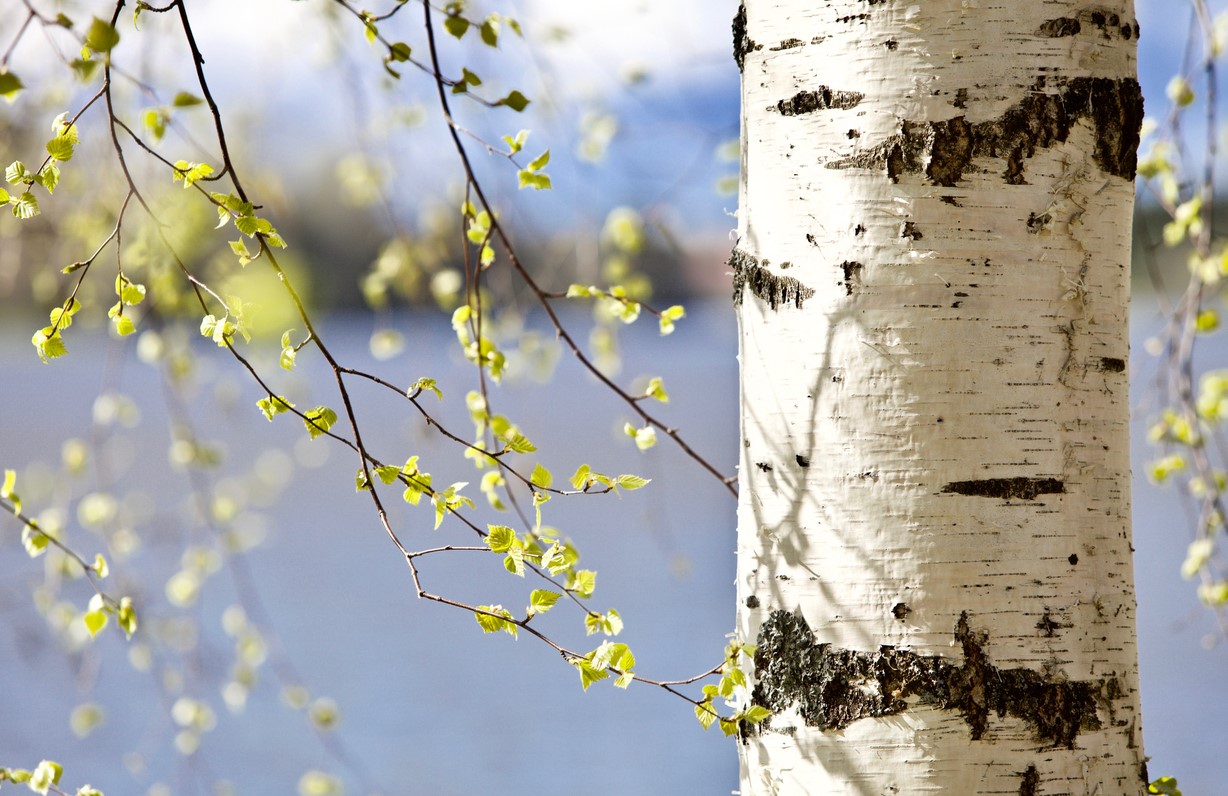

Just like walnut, the birch must be pruned during its vegetative rest, that is to say in winter or during the fall. Rustic, the birch is a deciduous tree, fine and airy, which draws a large part of its charm from its decorative bark.
Cognassier
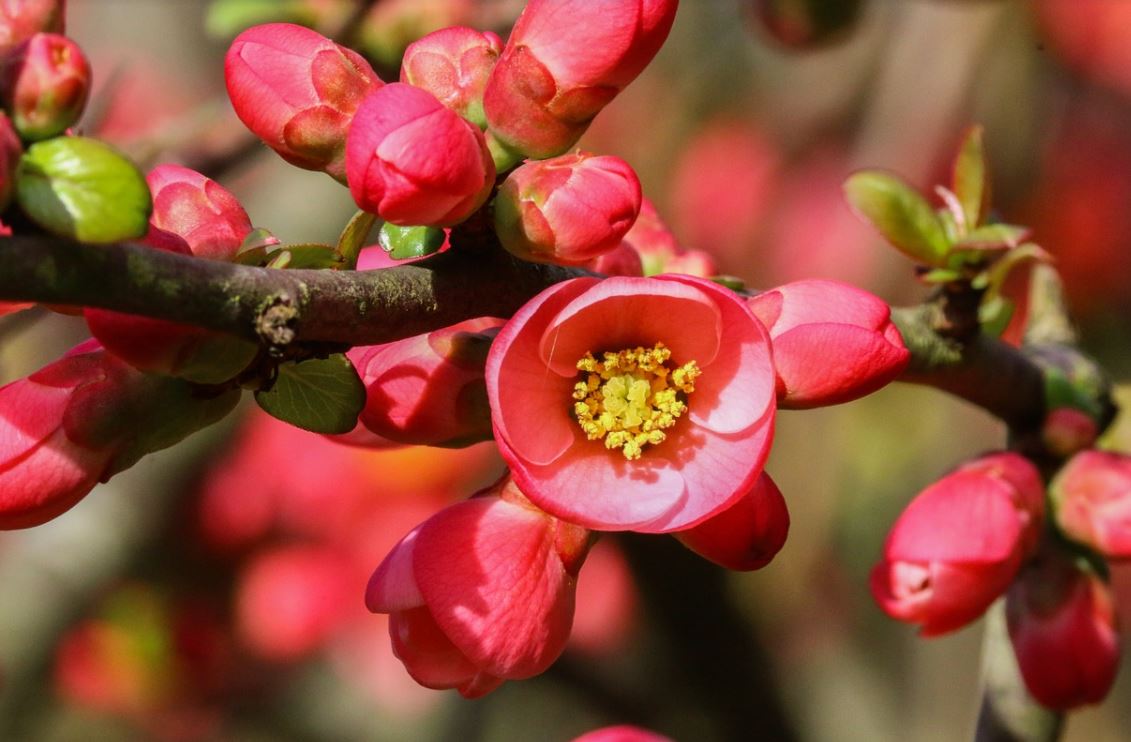

This small tree is characterized by magnificent spring flowering which is followed by fruits that are as decorative as they are delicious. Being undemanding, it is easy to grow and does not require systematic pruning like some other fruit trees. Indeed, pruning is not essential to harvest beautiful fruits. In winter, you can just cut away dead wood and misplaced branches.
Prunus
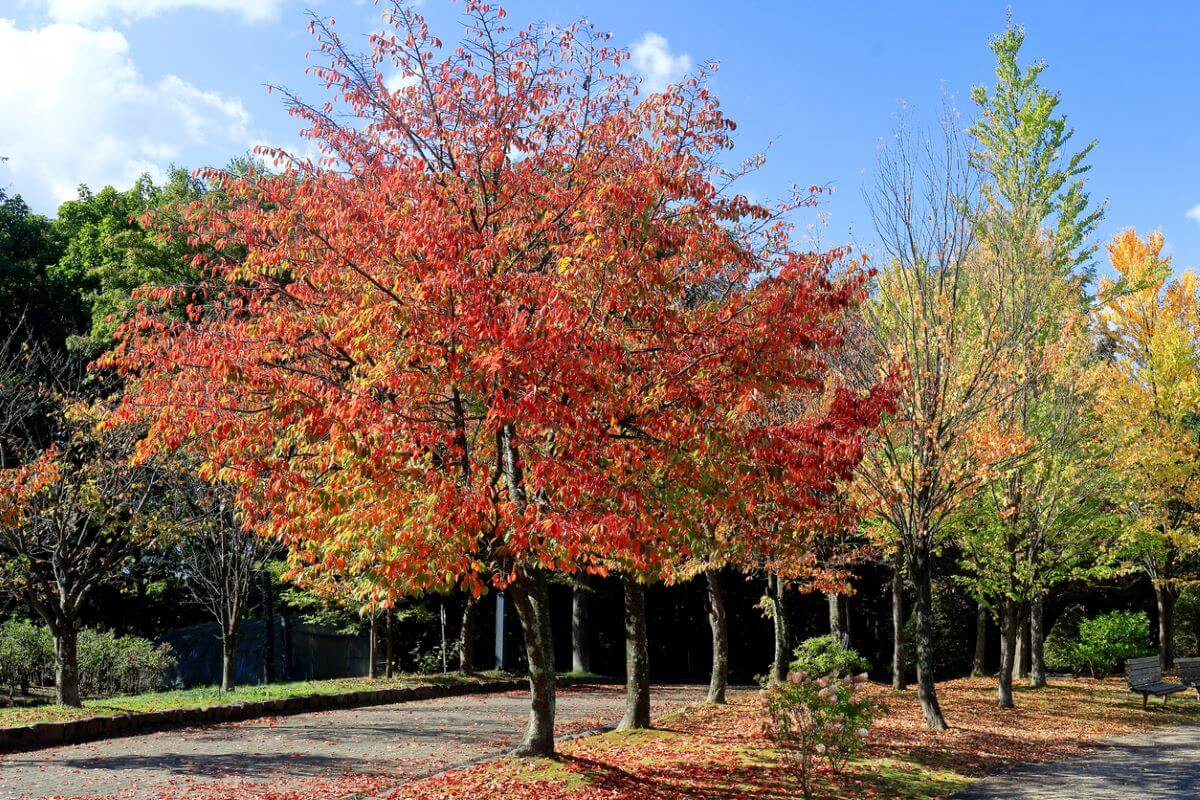

With their superb white or pink blooms, members of the large Prunus family require very little pruning. They are, in fact, susceptible to diseases and insects which are often encouraged by injuries caused during pruning. You can simply remove dead wood and damaged branches after the flowering period.
Syringat
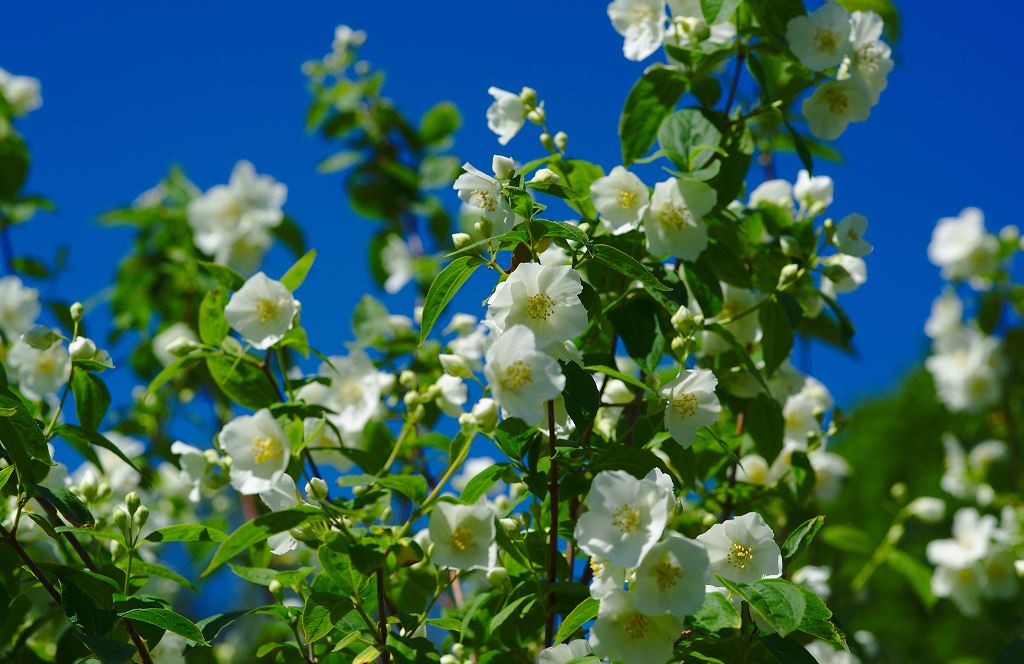

The mock orange is a rustic deciduous shrub, which can grow up to 5 meters high and is covered throughout the spring with a beautiful fragrant white flowering. Therefore, this tree should not be pruned during this period. However, as soon as the flowers have faded, you can proceed with pruning. This could be between June and July depending on the climate in your area.
Cotinus
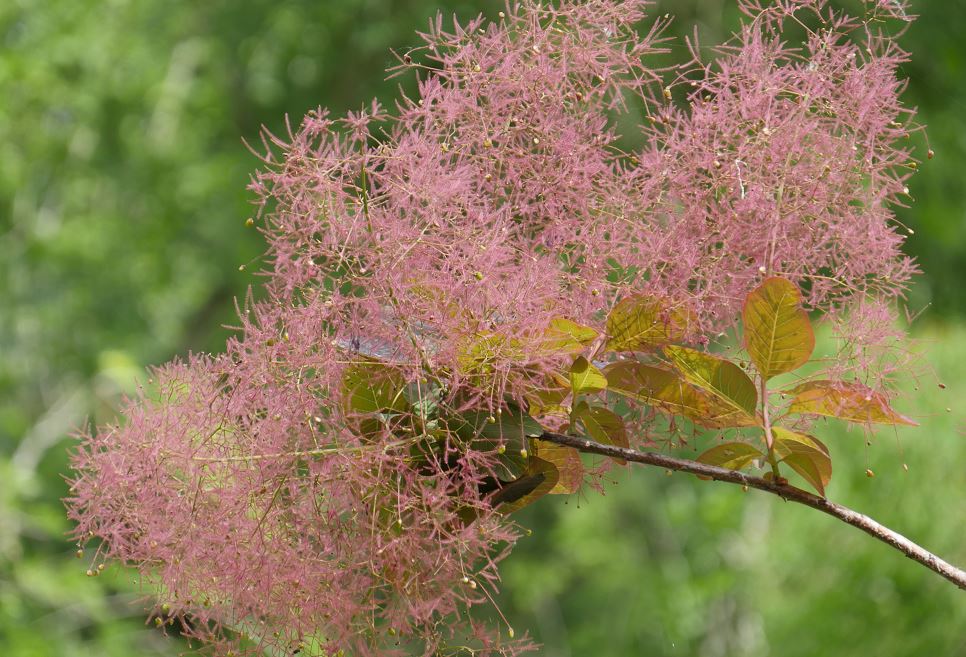

Also called wig tree, this very decorative shrub is characterized by a bushy habit. It only requires pruning occasionally at the end of winter.
Weeping willow
The weeping willow requires only light pruning over the winter. You then just need to thin out its branches and remove the dead wood.
Honeysuckle
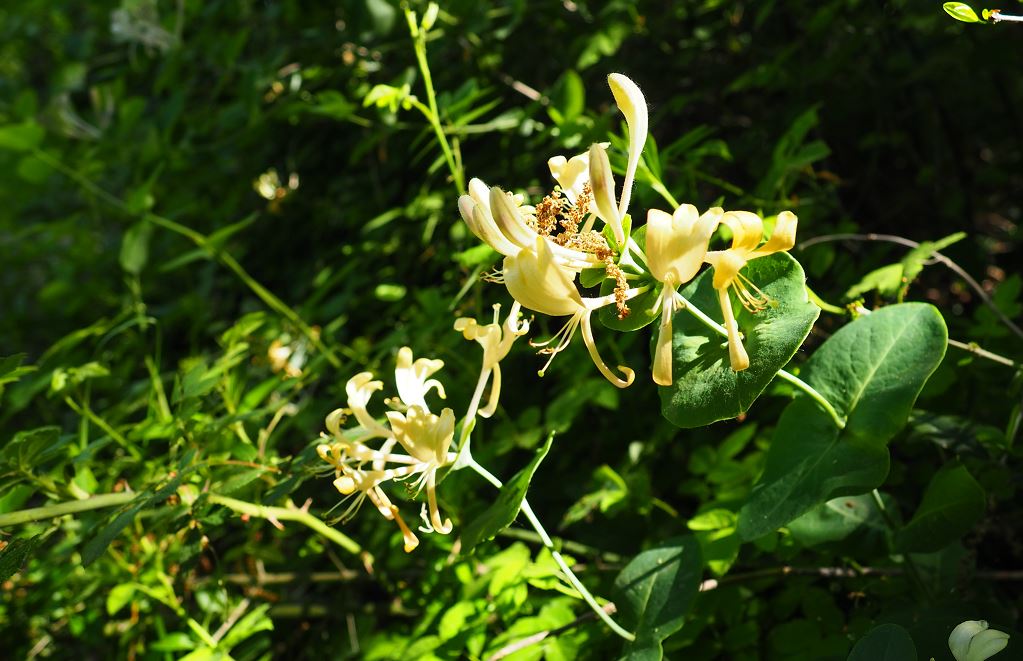

Honeysuckle is a climbing plant appreciated for its fragrant flowering. Even if it is characterized by a fairly rapid development, it is preferable to only prune it in autumn to ensure beautiful flowering the following spring.
Medlar
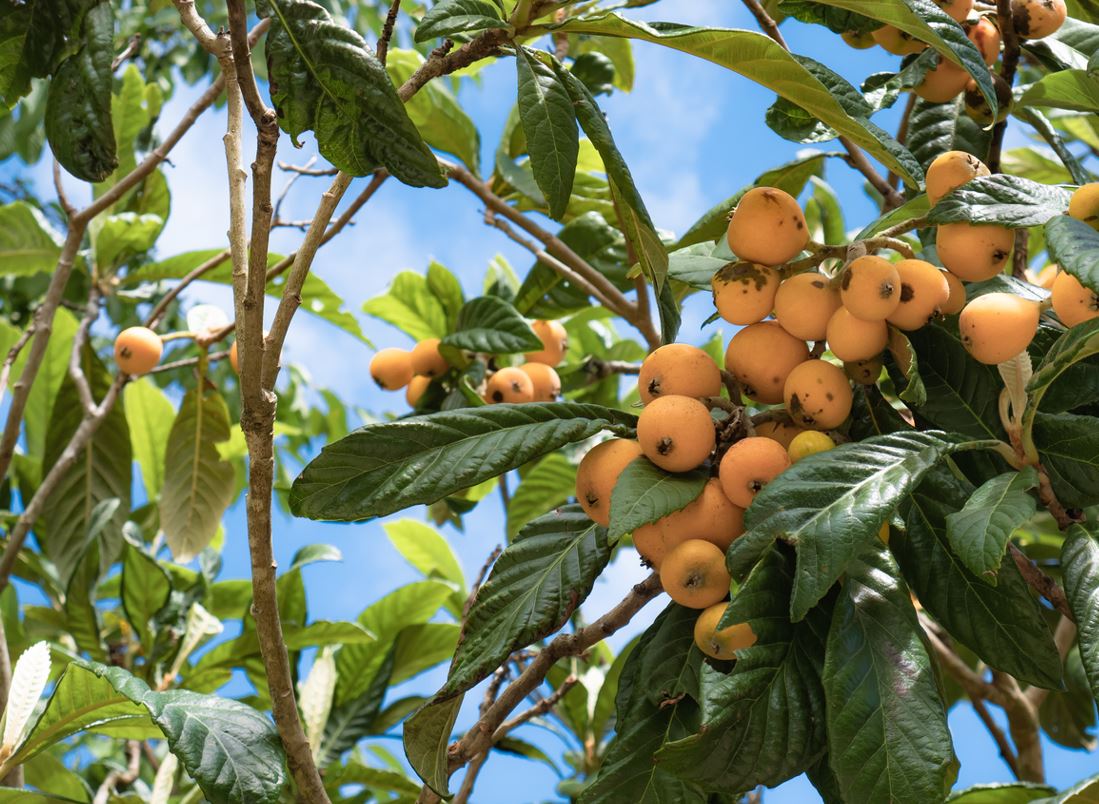

Also called “mêlier” or “meslier”, the medlar is a very resistant fruit tree which is experiencing great development, especially sinceit grows even during periods of frost. As it is covered with white flowers in spring, it should not be pruned during this season. The best time to carry out this operation is from November to March, while the tree is dormant.
This will allow limit its development without impacting flowering. It is advisable to prune it only partially, without inflicting severe pruning.
Aucuba
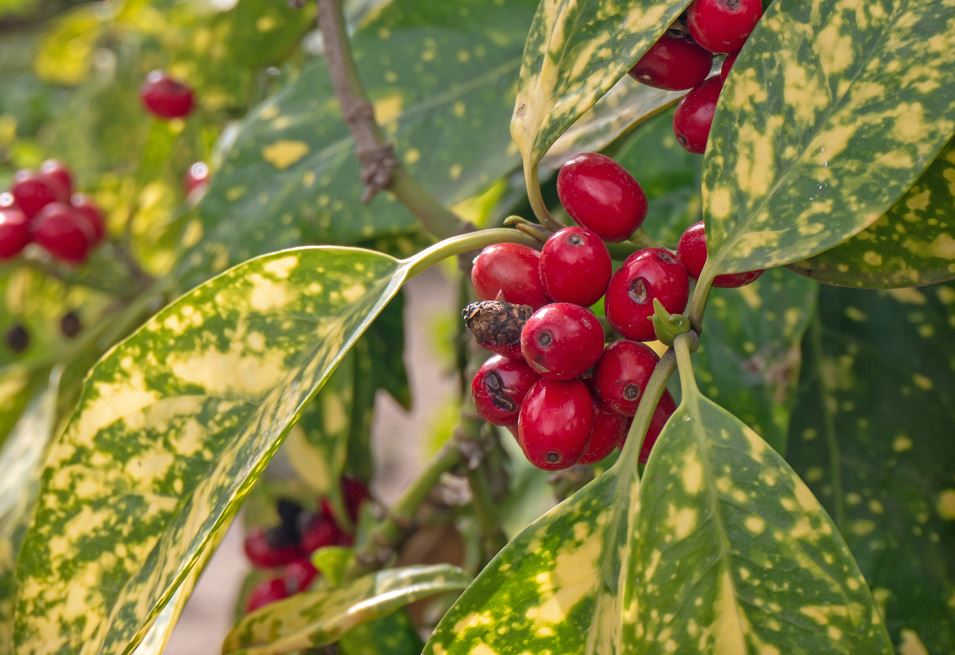

To bring character to your exterior, you can rely on this shrub with evergreen foliage spotted with yellow, from which it takes its name “spotted laurel”, which is covered with small red berries creating a beautiful contrast.
Although these berries are toxic to humans, they are a delight for birds. In addition to being a very interesting privacy screen shrub, it develops quite quickly. However, aucuba does not require systematic pruning. When its shape needs to be rebalanced, you can prune it in February or March.
Photinia


Photinia is a shrub widely used for creating privacy hedges. And for good reason, with its evergreen foliage and rapid development, it is perfectly suited to this type of use. You can also use it isolated in your garden where it will bring a colorful touch with its young red shoots which develop at the return of spring, which explains why it should not be pruned during this season, but at the end of the season. ‘winter.
Japanese maple
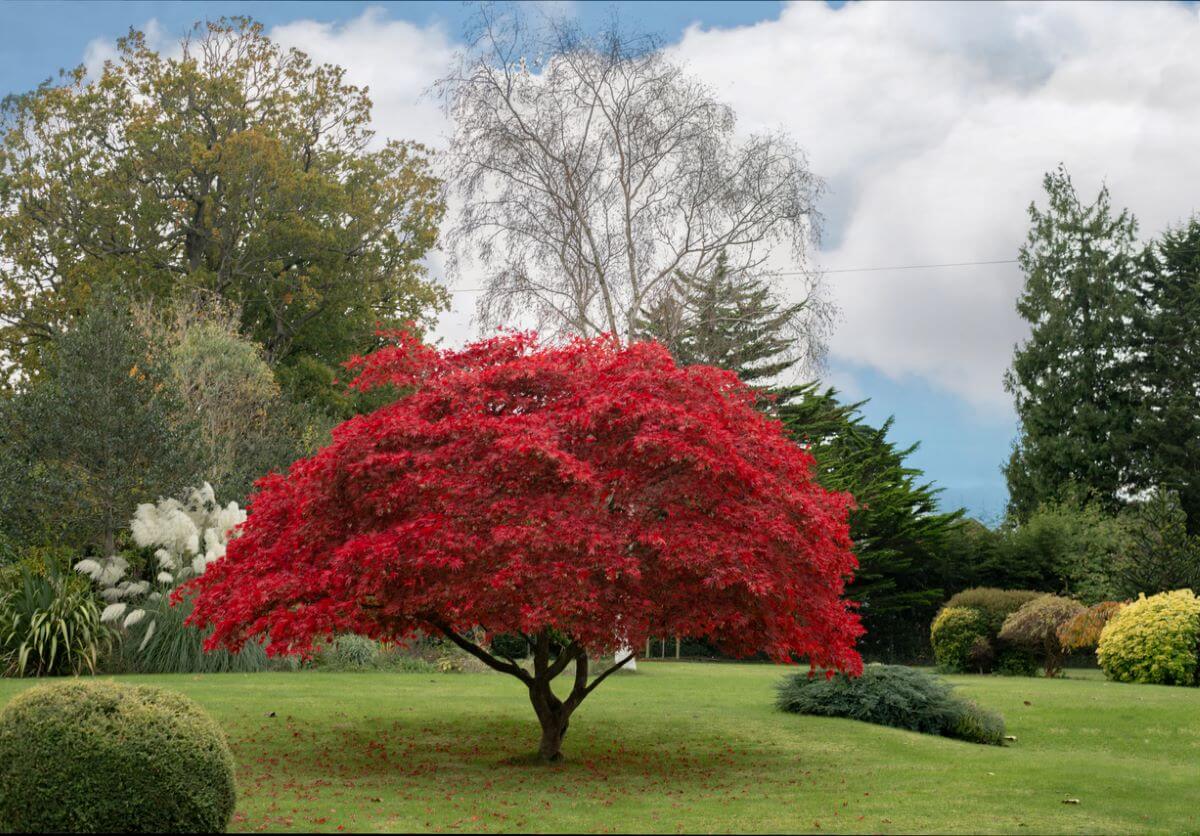

This tree seduces with the beautiful colors of its foliage which is in itself a spectacle which plays out throughout the seasons and which we never tire of. Due to its small size, it easily fits into any type of garden where it can create a shaded area. It is one of the trees that should not be pruned in spring. In place, It is recommended to carry out this operation in November or December.

